Iceland, June 2020
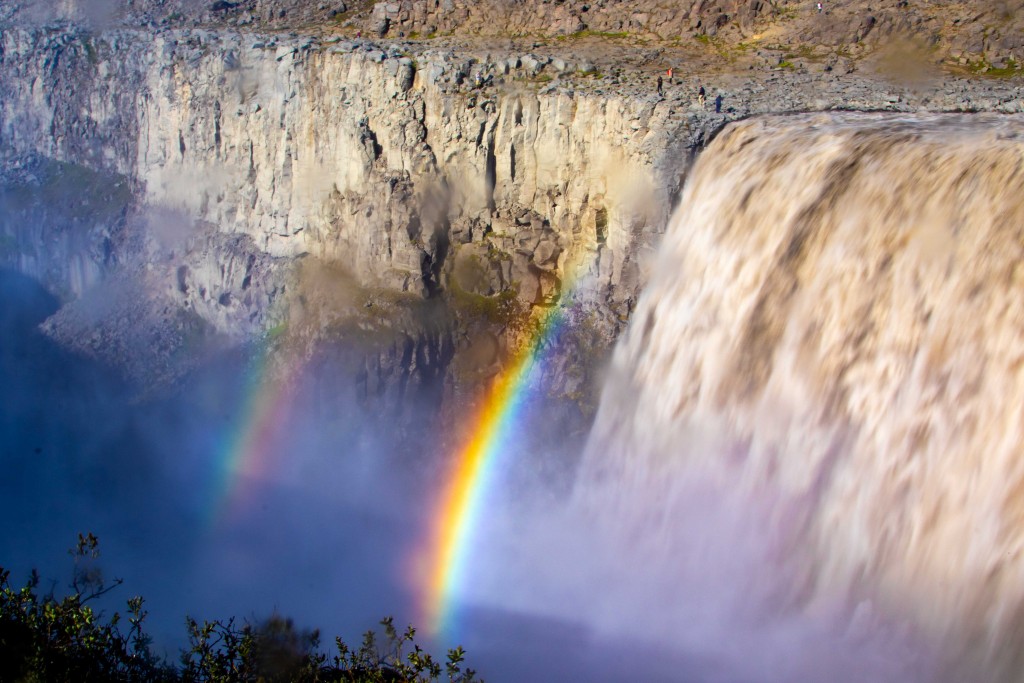
Dettifoss Waterfall
Executive Summary: Great country, few mammals.
In late June, Iceland was one of the first countries to reopen after COVID19. Desperate for tourism to start up again, and with essentially no COVID cases, the country welcomed all EU passport holders (including UK citizens), no matter where they lived or travelled from. You just had to pass a COVID19 test on arrival, go to your hotel and wait for the results which are available in hours. Within the country life had pretty much returned to normal: everything was open, no one wearing masks. Though I read today that the virus has remerged and some restrictions have been reintroduced.
I went there to see my kids who had been in France since March. Iceland was one of the only options open to us without having to quarantine for 14 days. So we spent two weeks together driving right around the island.
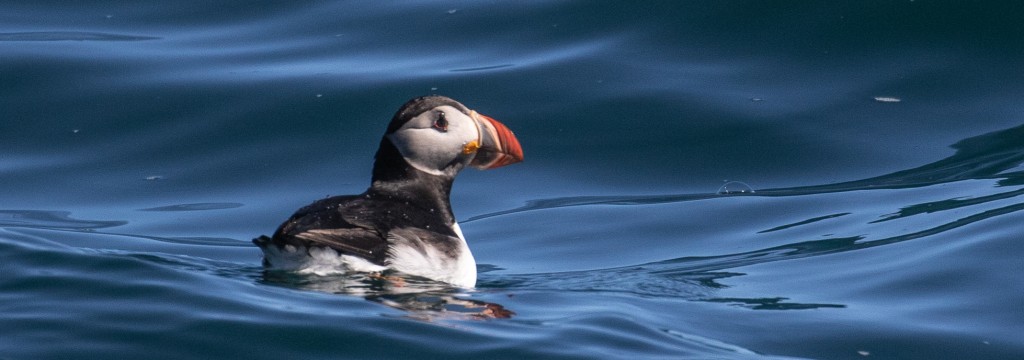
Puffin
This is a very special country: the people, the sense of community, the food, the space and the scenery. We were extremely fortunate to be there when there were very few tourists and the sun shone pretty much continuously for two weeks. But there is always a catch. Iceland is infamously mammal-free, with only one native terrestrial species, the Arctic Fox. So I reckon I have now spent more time NOT looking for mammals in Iceland than I had spent not looking for them on every trip combined over the past 30 years. My daughter was delighted.
We made almost no effort to look for mammals, but here are a few snippets of information that might be useful.
Arctic Fox
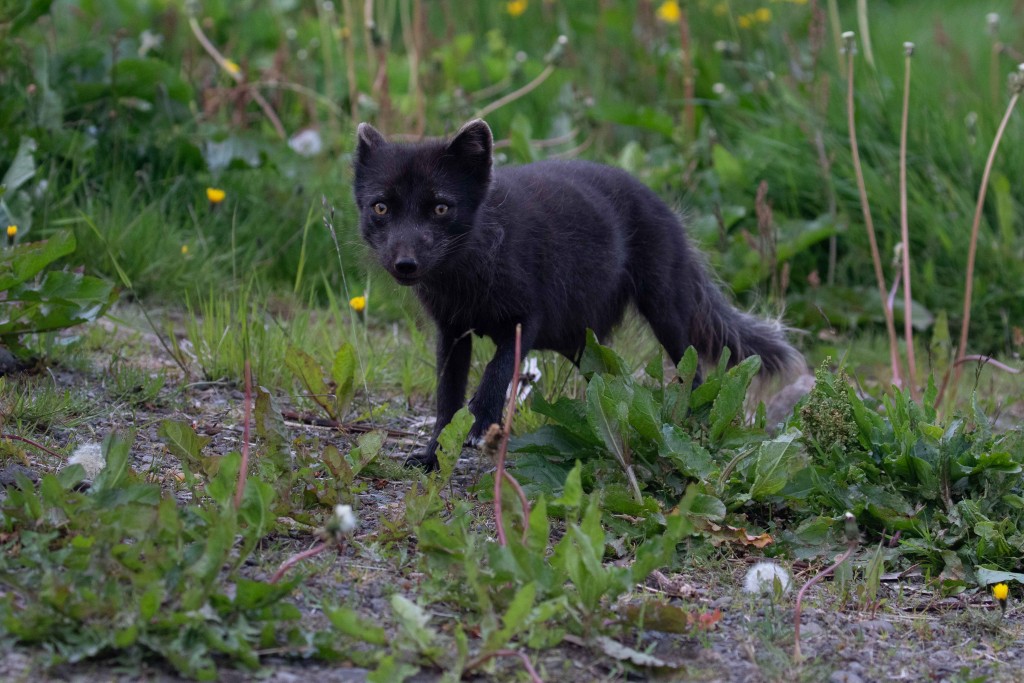
Arctic Fox, Vulpes lagopus
Arctic Foxes should be quite widespread across the island but we only saw one. I was told that the Westfjords region is the best area to look, because they aren’t hunted there. And indeed the only animal we saw was there: an habituated female, who would come to look for food around the restaurant each morning at the lovely, remote, Heydalur Hotel, my favorite hotel of the trip (and also the best food). Foxes have been denning nearby and visiting Heydalur for several years.
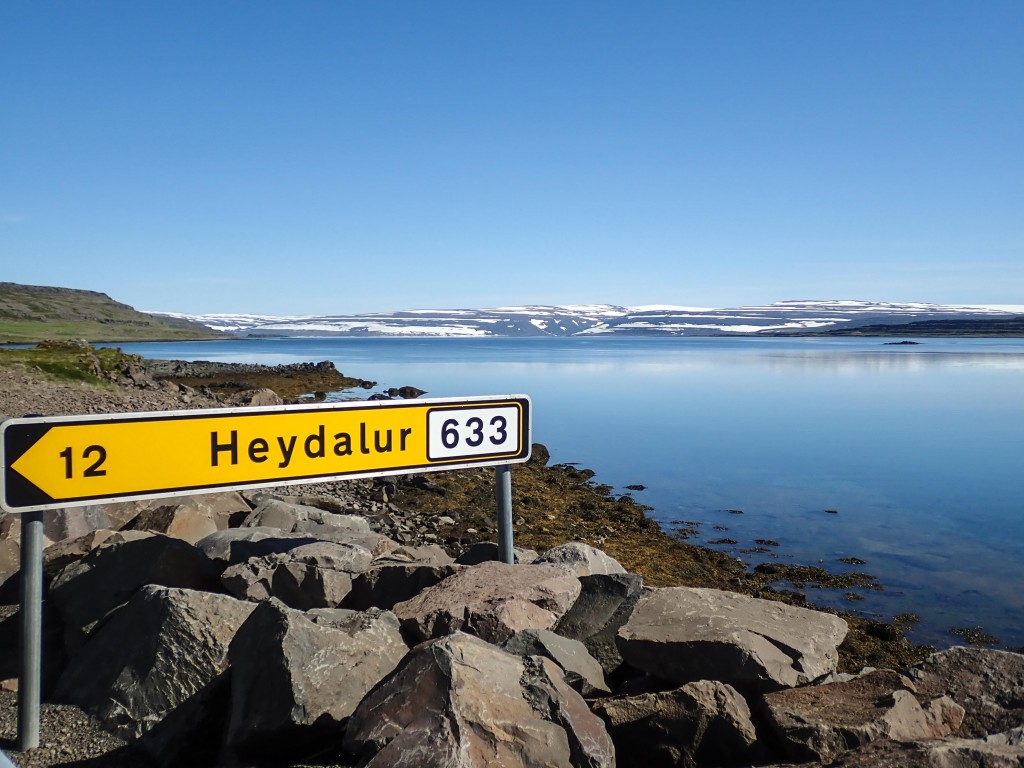
Marine Mammals
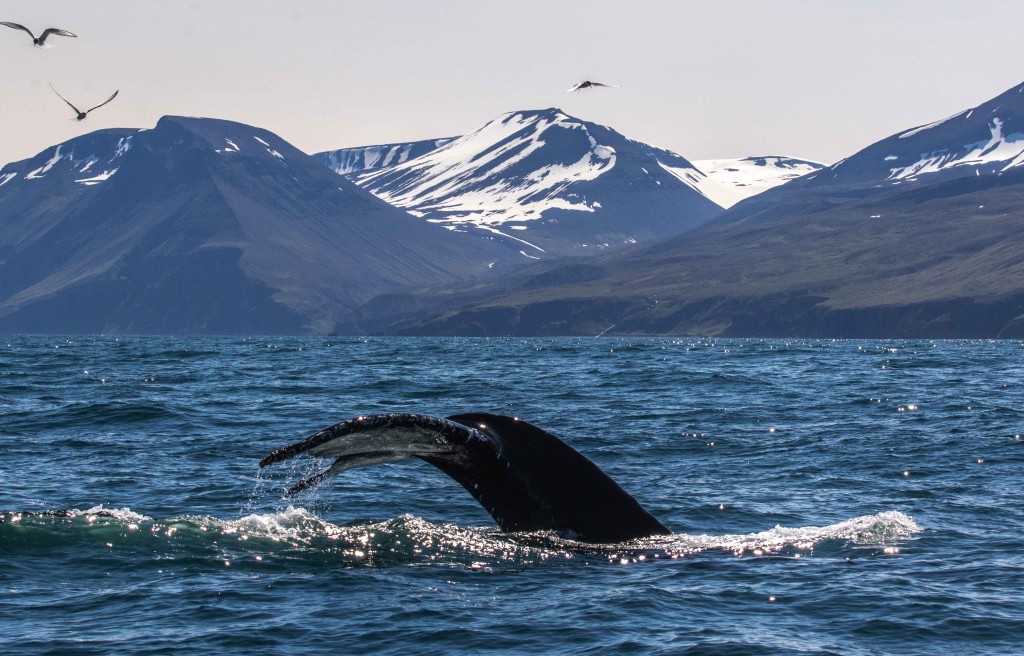
Humpback Whale, Megaptera novaeangliae, Husavik
What Iceland lacks in land fauna in makes up for in marine mammals, with some of Europe’s best cetacean watching. But trips are fairly expensive and there was very little prospect of me seeing anything I hadn’t seen many times before so we only took one trip, out of Husavik in the north.
Husavik offers the most scenic whale watching I have ever done. Humpbacks are the main species here, with White-beaked Dolphins fairly common but hit and miss. We missed the dolphins though they had been seen by the boat before ours. Some websites list several other species off of Husavik, including Blue and Long-finned Pilot Whales, but these all seem very rare in these waters from what our guide said. They do catch Greenland Sharks often off of here which would have been cool to see.
There is whale watching all around the island, and different species seem to favor different areas. Out of Rejkavik I was told Minke Whales and White-beaked Dolphins were guaranteed, while trips off of the Snaefellsnes peninsula ought to find Orca, at least in early July.
I asked around about Bowhead Whales but there seem to be more chance of seeing one off of Cape Cod than Iceland.
Common (Harbour) Seal and Grey Seal are fairly common. We saw a few in scattered locations. There is a tiny chance of Harp, Bearded, Ringed and Hooded Seals but I imagine the chance might be a little higher in the winter and spring when the ice is melting.
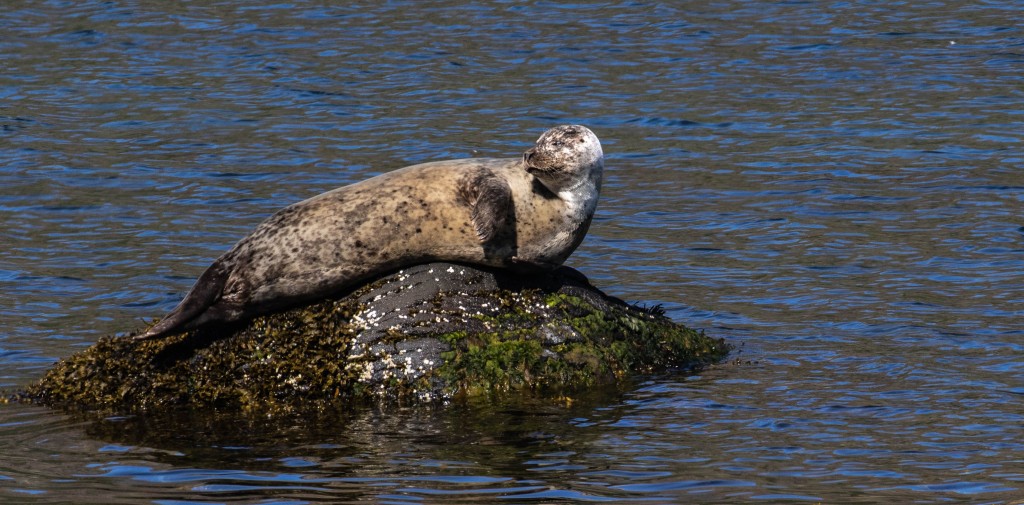
Grey Seal, Halichoerus grypus
So very few mammals. But if I had to chose a place to not watch mammals in, I think it might be Iceland.
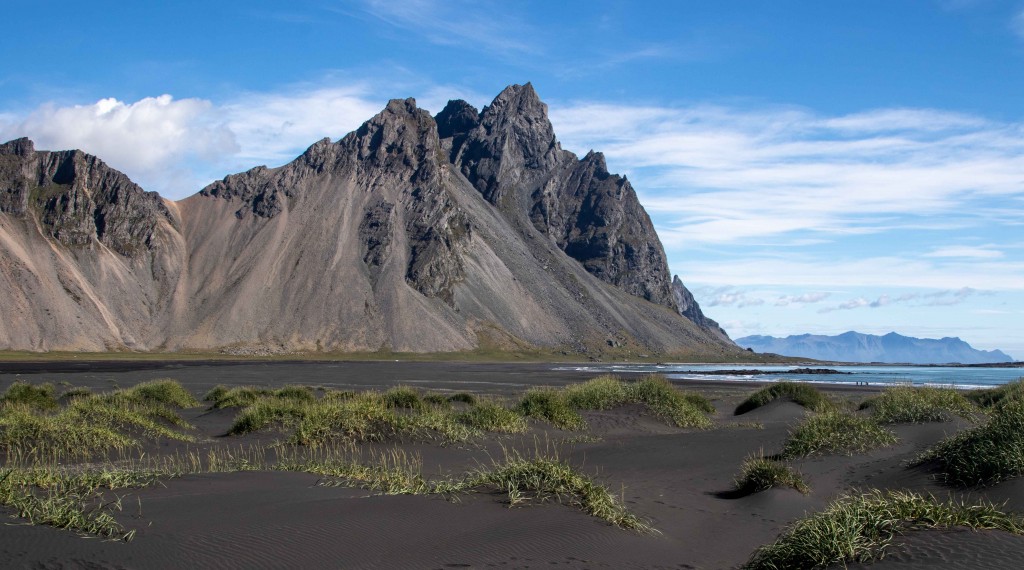
Black sand beach near Hofn, south east Iceland
8 Comments
-
-
Miles Foster
Hi, Jon,
my wife, Ingrid, and I know Iceland well, as Ingrid is half-Icelandic and we visit about every 4 years. You are quite right, of course, it I snot a premier land mammal destination, but arguably has some of the best whale-watching in the world.
North Sailing has a good reputation among whale-watching companies and is based at Husavik, probably the best known whale-watching harbour (though not necessarily the best) with a chance of Blues. But I would strongly recommend Laki Tours who operate out of Holmavik and Olafsvik (https://lakitours.com/our-tours).
Iceland claims its own sub-species of Arctic Fox but unfortunately it has been extirpated from almost the entire island. As a wildlife guide remarked to us, Iceland is not a conservation nation. The best place to see them is on the Hornstrandir peninsula in the extreme north of the Western Fjords – a difficult place to get to but worth it. Try around Hesteyri, and the camp grounds at Hornvik or book at trip to Kviar farmhouse with Borea Adventures – but check before you go that foxes have been seen lately. Or, as you say, book into Heydalur and you should run into Zora, the resident fox, fairly easily – though we spent a fruitless afternoon there last year and were told we had just missed her! The Arctic Fox Centre at Sudavik is well worth visiting – like most of Iceland’s museum’s it is excellent and currently boasts two rescued foxes in a pen in the grounds (they cannot be released, sadly).
Seals are everywhere and there are introduced reindeer in the east and north east.
But, as you say, Iceland may not be a premier mammal destination but well worth visiting for a host of other reasons!
-
Jon Hall
Here is some more information about foxes from Mogens Trolle who was in Iceland the same sort of time as me:
I spent five days in the amazing Hornstradir Nature Reserve in the Westfjords in the beginning of July and this is definitely the place to go for the Arctic foxes. They are not hunted here unlike most of Iceland and are really tame. There are two main places in the reserve to see them that I’m aware of: Hornbjargsviti Lighthouse, Látravík (the only place where you can get a bed inside the reserve) and Hornvik where they do research on the foxes (here you are able to camp). The only way to get here is by boat, either from Norðurfjörður on the east coast (which is the shortest route and what we did; http://www.strandferdir.is/about4) or from Ísafjörður in the west of the region. Be aware that the summer season of the reserve is quite short; the lighthouse and boats going there (at least from Norðurfjörður) shut down in the beginning of August.
-
Paul Carter
Hi Jon – I got the fox, THANKS for the tip, I watched it hunt a bird a few hundred meters away and bring it back to the near full size cubs (x5) near me. Done 4 whale-watching trips so far (Reykjavik, Olafsvik, Dalvik, Husavik) and nothing really memorable/spectacular out of any of them, apart from the fact that is seems acceptable to motor up to within 20m of a resting humpback between its feeding dives, maybe I should do one more! Paul
Leave a Reply
You must be logged in to post a comment.


Paul Carter
Hi Jon; I did Reykjavik and Olafsvik whale watching on my current trip; White-beaked Dolphin and Minke Whales on both, and one Humpback on the Olafsvik trip; weather not too good at the moment. Heading to Westfjords tomorrow and will likely check out your arctic fox site at some point. The covid restrictions have increased slightly as of yesterday. On your and my arrival you had to just do the covid test on arrival; now you must do one 5 days later as well; on today’s whale-watching trip we also had to wear masks so Iceland is no longer entirely mask-free